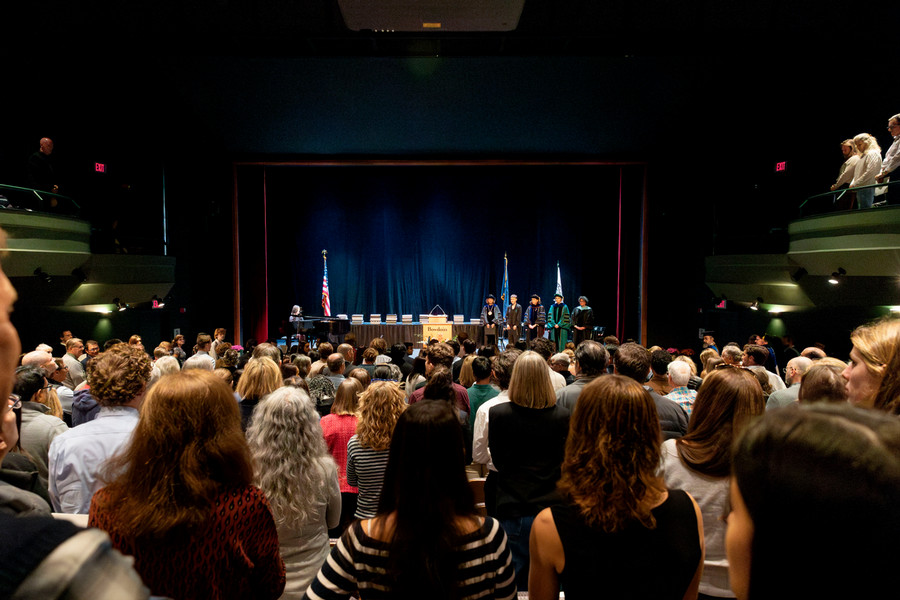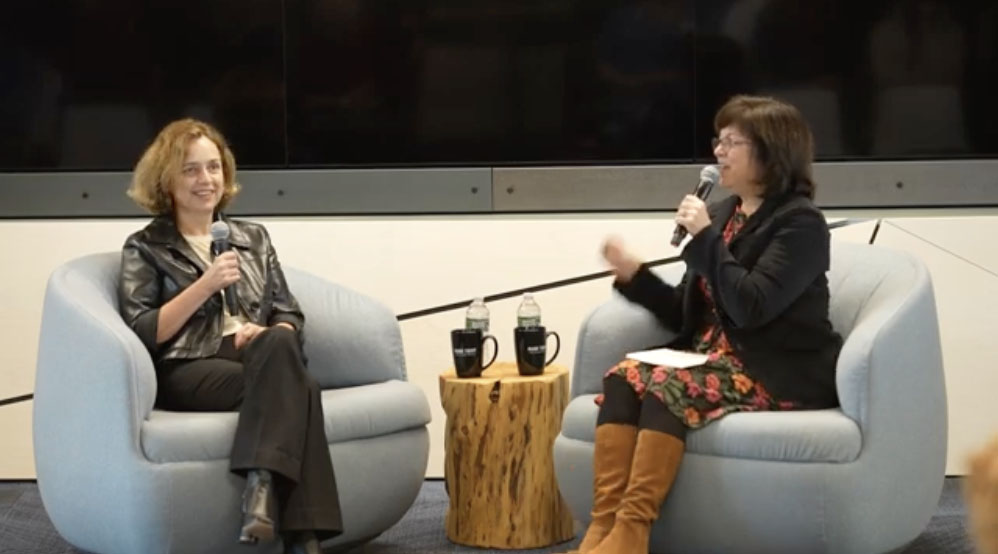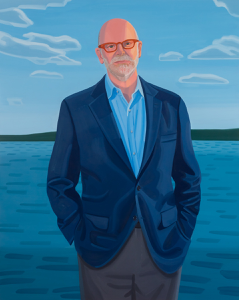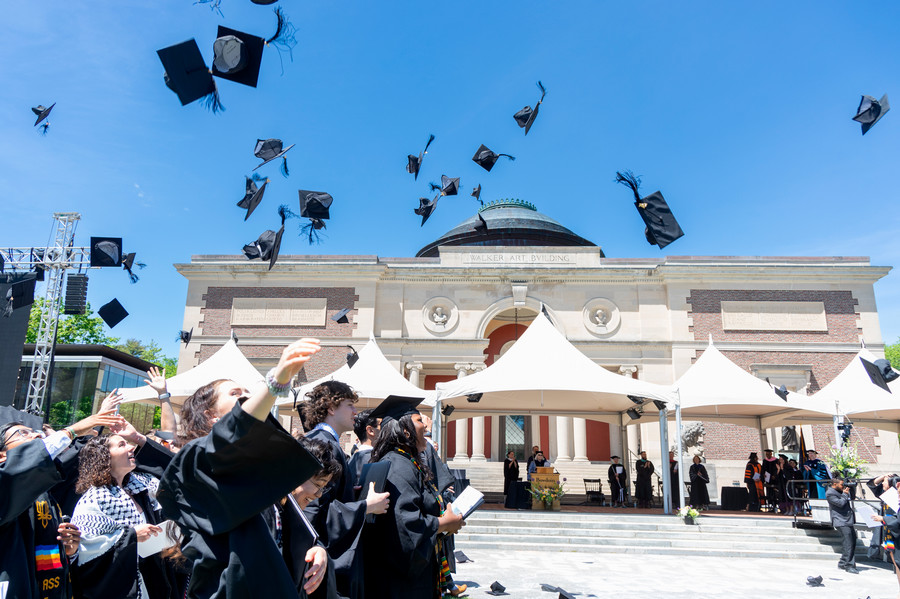Barry Mills: Conversations About Coeducation
Forty years after the advent of coeducation at Bowdoin, an academic project on the subject prompts Barry Mills to reflect on the period and the leaders who made change possible.


I was a senior when the first coeducational class matriculated at Bowdoin in the fall of 1971, so it was a real pleasure for me to visit Professor Jennifer Scanlon’s seminar, “Forty Years: The History of Women at Bowdoin.” I thoroughly enjoyed our discussion and I was able to speak quite openly and candidly—especially because the class assured me that my comments would be “off the record.” Each time I find myself in a Bowdoin classroom, I understand how difficult it is to teach well. I also appreciate immediately the intellectual firepower of our students and their tremendous desire to learn.
The website launch event on Friday was well attended, particularly by those who lived through those early days of coeducation. On hand were a number of faculty and even the man who admitted Bowdoin’s first women—our former dean of admissions, Dick Moll. Dick had a profound, vital, and transformative effect on this College, and not surprisingly, he offered his personal take and commentary on the period.

Bowdoin senior Jill Henrikson combs through documents on coeducation in Bowdoin's archives.
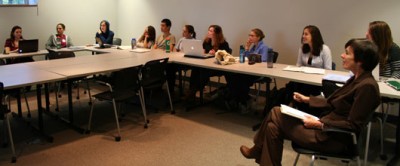
Professor Jen Scanlon's 200-level seminar, "Forty Years: The History of Women at Bowdoin"
The rich and important history of women at Bowdoin has yet to be completely written. The other night, I had the pleasure of being the only guy sharing dinner with nearly 20 Bowdoin women in Cambridge, Massachusetts. A few were my contemporaries from the 70s, but the group was mostly made up of Bowdoin graduates from the 80s and 90s, with a couple from the early part of the last decade. Listening to their stories about the College is essential to learning about Bowdoin’s history and to informing us as we chart our future. All of these women were thoughtful, bright, confident, and engaged, and they each had their own experiences at the College. Most gratifying to me is that every woman at that dinner loves Bowdoin and is grateful for the opportunity the College created.
Even in my 60s, I still blush a vivid red when I hear some of the stories these women tell of their time at Bowdoin. But these are important conversations for the College, and we are in debt to Professor Scanlon, the members of her class, and to those they interviewed for the history they have published and the conversation they have begun. We must work hard to preserve this history for future generations—to explain how opportunity for women at Bowdoin was created and how it has evolved.
